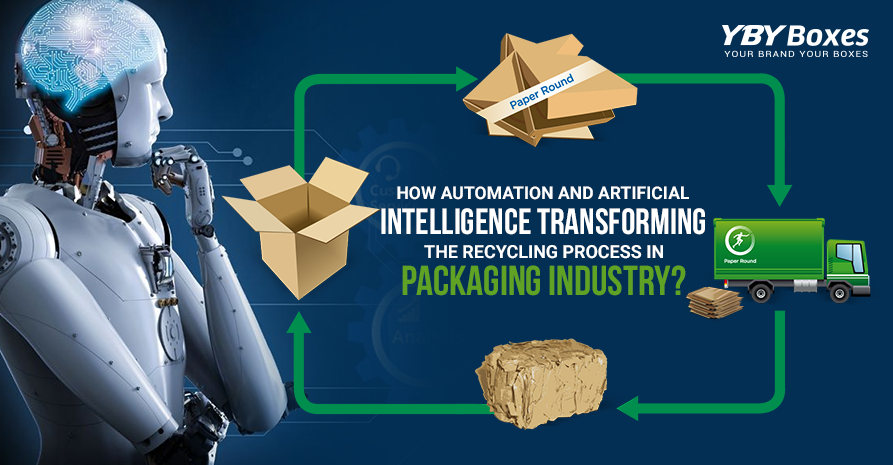-
Call Now:
888-800-8032

A series of new algorithms in machine learning and deep learning transforming the working mechanism of a lot of industries by opening new horizons of possibilities. In the recycling of packaging, automation takes place because robots are capable enough to see for the first time roughly to the level of humans. As a result, the labor-intensive, high-cost, limited, and inconsistent task of recycling evolve into a compelling opportunity with the convergence of robotics.
Let’s reveal more about how automation and artificial intelligence are transforming the recycling process in the packaging industry.
Sorting is a fundamental step in the recycling process where every object gets separated by others on the basis of the similarities and differences of manufactured material. AI detects the object by converting the data into digital form and directing the robotic arm to pick the programmed material only. In order to make this process more efficient, experts deploy more sensors to create a better network effect for developing the sorting intelligence.
AI detects the objects on the conveyor belts. As there are infinite variabilities in the size, orientation, and shapes of the object so picking the object becomes a real challenge. The situation will be worst when the recycled material will be completely deformed before reaching the recycling facility. The common damage in the material must be mirrored in the robot such as folding, smashing, tearing, etc.
It will be costly to replace already working machines in the recycling facility so the price of recycling will be down only when AI works with the already established mechanisms. It means that you employ a software-focused approach by fitting AI sensors with your already working machinery to detect the material that will help you improve your waste characterization.
With automation in recycling, it becomes easier to work 24/7 which drives consistency as robots do not get tired and need breaks during the operation. Their sensors work at high conveyor speeds and are able to recover immense amounts of commodities. You can use the standalone sensor for a better collection of diagnostic analytics and description of recycled objects. The develop sorting intelligence and digitization of scraping can be modeled in the fleet of robots present in the material recovery facility.
Automation and artificial intelligence provide the data that helps you to estimate your recycling cost and optimize the process so as to increase your revenue. On the other hand, federal, state, and local governments use the collected data to create a mechanism for landfill diversion.
Automation and artificial intelligence contribute to improving the recycling process because of advancements in algorithms. The digitization of the material not only assists in sorting the material but also helps the government and local bodies to collect data and use it for landfilling purposes. With the lower cost of recycling, the tendency to use sustainable packaging will become a trend very soon.